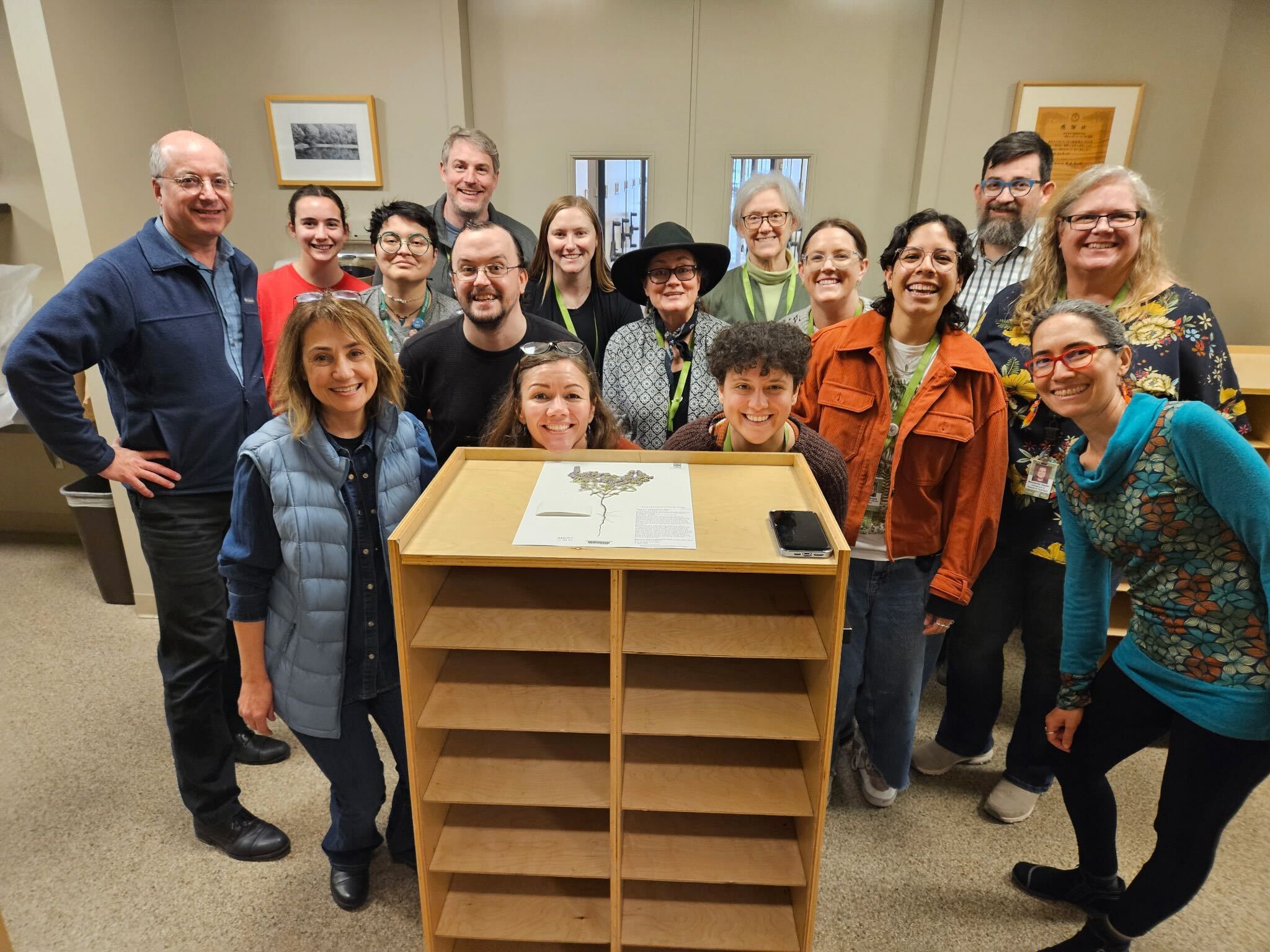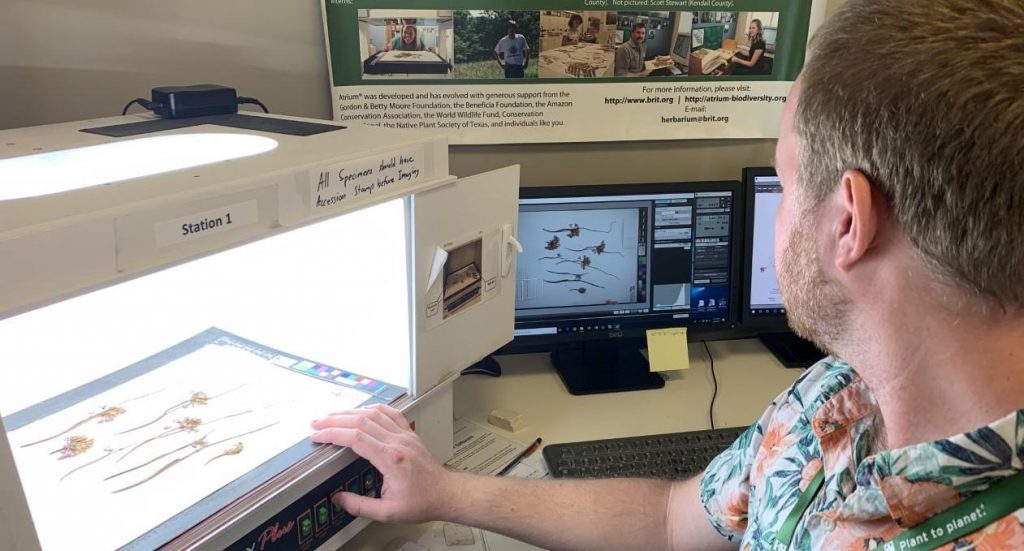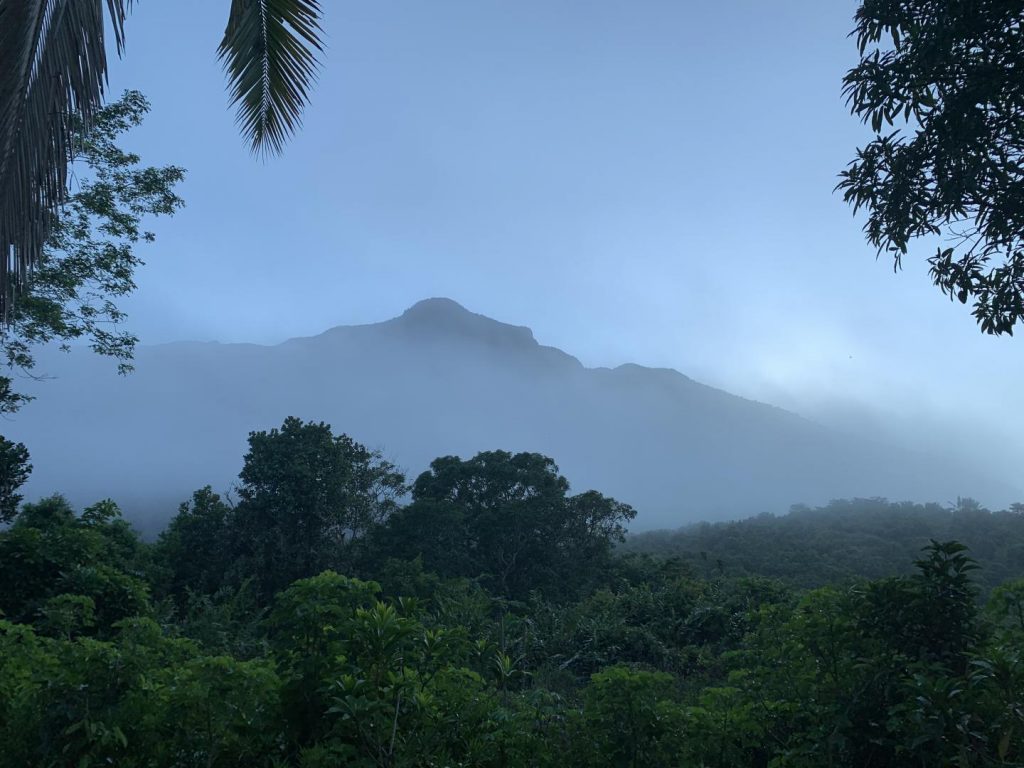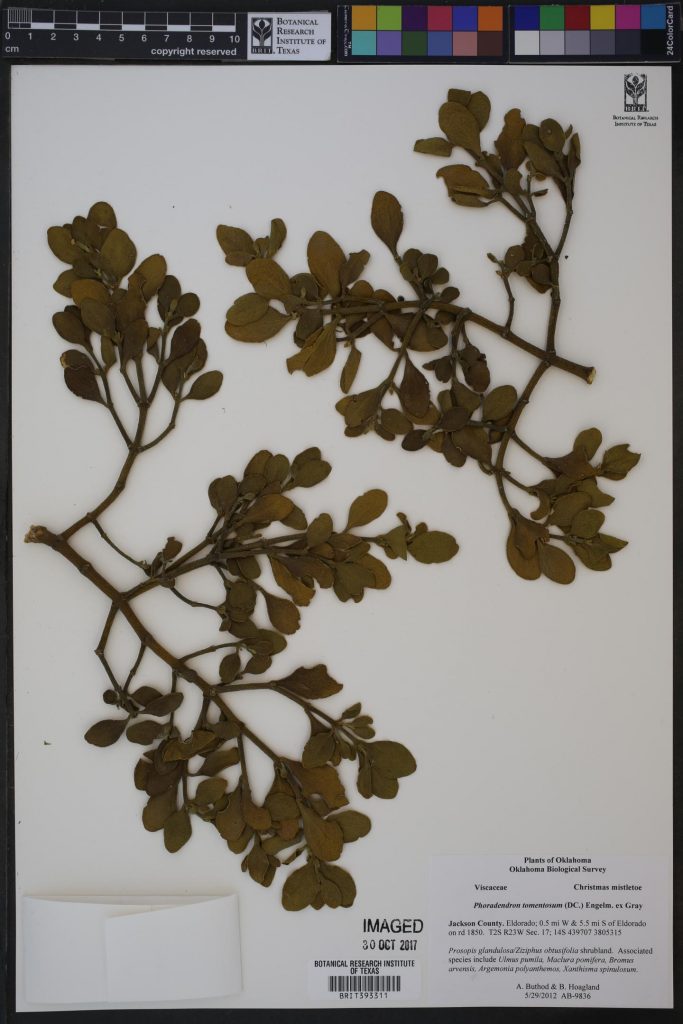Botanical Research Institute of Texas Adds 1.5 Millionth Specimen to Herbarium
The addition of the recently collected Texas sandmint (Rhododon ciliatus) specimen
marks a milestone and calls attention to the importance of herbaria in conservation efforts.
The Botanic Research Institute of Texas (BRIT), the research arm of the Fort Worth Botanic Garden, recently celebrated the addition of the 1.5 millionth plant specimen to the institution’s herbarium.
The 1.5 millionth specimen, Rhododon ciliatus, is commonly known as Texas sandmint, a plant that grows only in Texas. The addition of this specimen positions the BRIT Herbarium as the ninth largest in the United States, according to the 2024 Annual Report of the Index Herbariorum, which tracks herbaria worldwide.
“It’s an exciting milestone for the institution,” says Herbarium Director Tiana Rehman. “This achievement represents thousands of people studying plants over hundreds of years.”
The role of herbaria in botany and conservation
Herbaria have been essential to the study of botany since at least the 1500s, and the fundamentals have changed little since then: scientists collect plants, dry and flatten the specimens, mount them to cardstock, and label the specimens with information such as the names of the plants and when and where they were collected.
The biggest change from the 16th century to today is that now specimens are photographed and their related information added to sophisticated databases with online access. These databases are structured so that their information can be analyzed for insights by scientists in many disciplines.
“Digital herbaria are fantastic, because they allow scientists anywhere to study our collection,” says Rehman. “But the actual, physical specimens remain essential. They represent a primary source of information that can be studied in many ways.”
Each specimen is a snapshot of a plant growing at a certain place and time. “That makes every specimen irreplaceable, because you can never recreate the moment when that plant was collected,” says Rehman.
Rhododon ciliatus, a ghost coastline, and the importance of plant conservation in Texas
BRIT’s 1.5 millionth specimen was collected as part of the Texas Plant Conservation Program, which is dedicated to safeguarding native plant species and restoring habitats.
Rhododon ciliatus grows in a particularly threatened ecosystem known as the xeric sandylands. This is a narrow band of sandy soils, no more than 12 miles wide but 400 miles long and up to 3000 feet thick, that stretches along a gentle curve roughly parallel to I-35 from Canton in northeast Texas to the border of Bexar and Atascosa counties south of San Antonio.
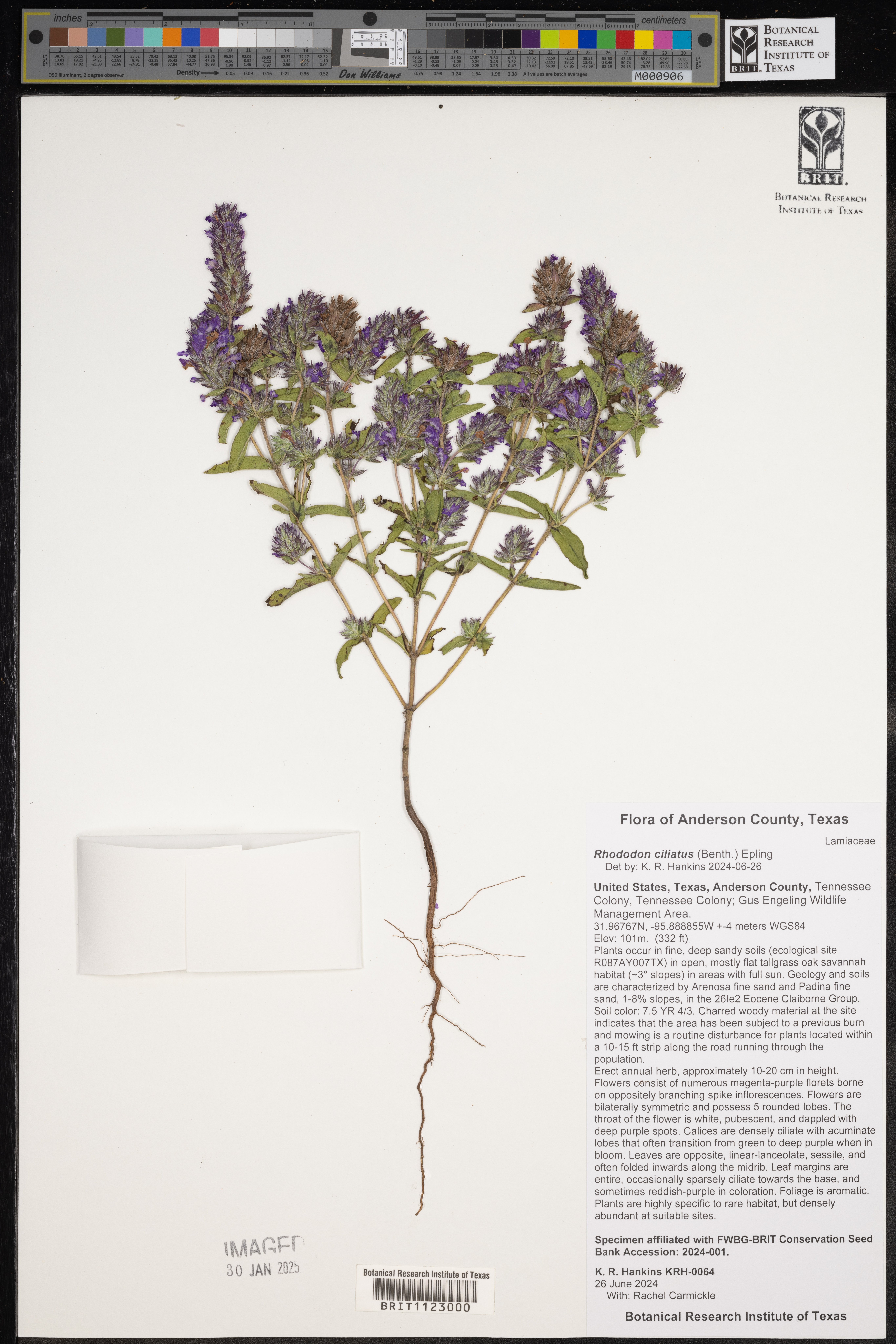
Dr. Chuck Sexton in a stand of big bluestem that was discovered a few years earlier by Eddie Hertz, a Refuge volunteer, in the restored grassland on the plateau of the Flying X tract (Burnet County). Photo by Dr. Fred Smeins.
The soils in this ecoregion were deposited during the Lower Eocene, roughly 56 to 48 million years ago. During this period, sea levels were generally higher than today. The sandy soils are the remains of this lost coastline.
When the sea receded, a unique ecosystem adapted to this habitat, but the ecosystem is at risk due to cultivation, urbanization and land fragmentation. As a result, several plants that grow only in this habitat are now at risk of extinction.
“The BRIT Herbarium contains many plants like Rhododon ciliatus, plants unique to one place in the world,” says Rehman. “Some we know about, but others might be hiding in the herbarium because they look like a closely related species. That’s another wonderful thing about herbaria—they hold undiscovered treasures!”
